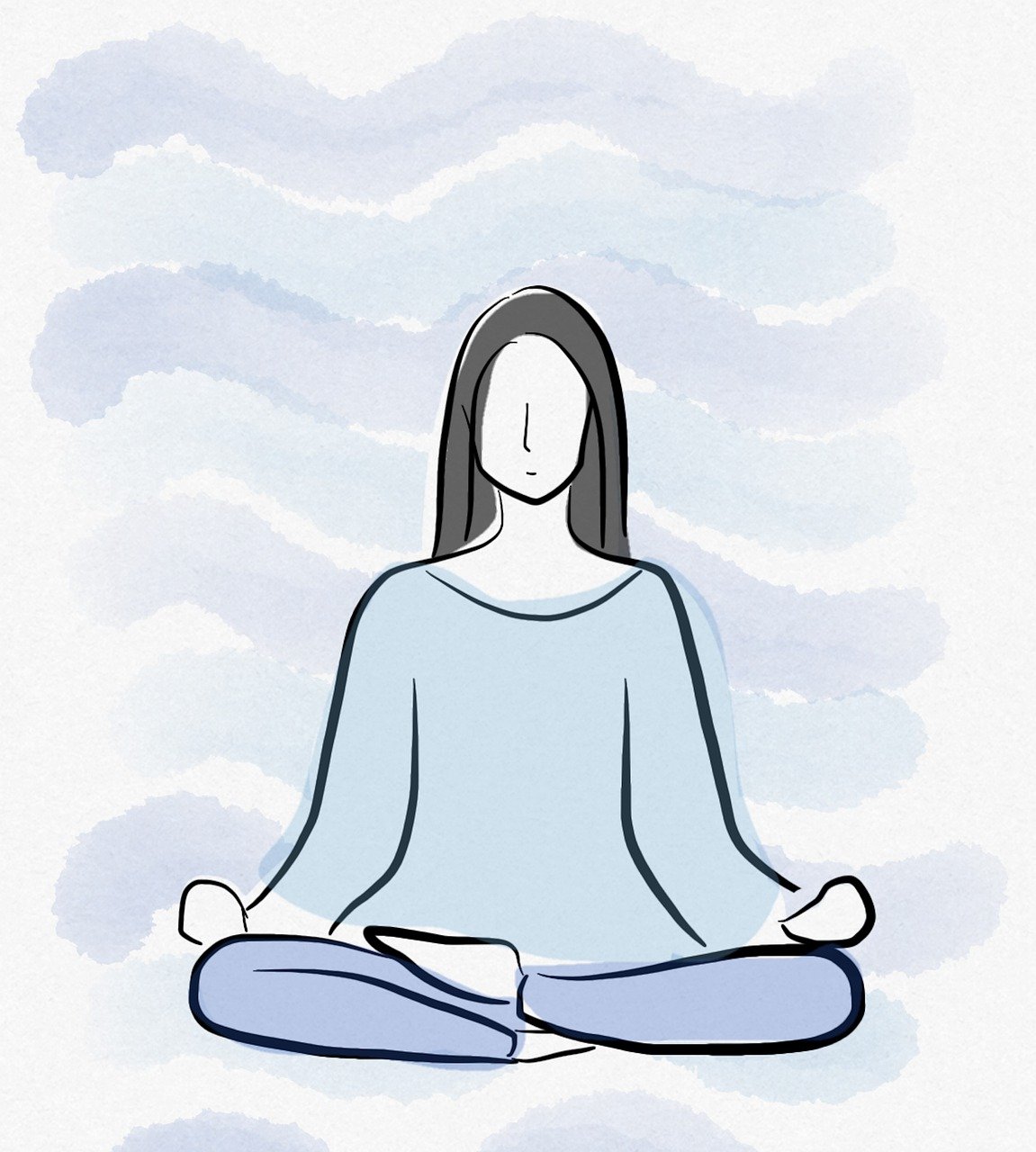In a world that is constantly on the move, it can be difficult to find a moment of peace and quiet. But what if we told you that the key to serenity was within reach, and has been for thousands of years? Meditation has been practiced for centuries, with its roots tracing back to ancient civilizations in India and China. Over time, this practice has evolved and adapted to fit the needs of different cultures and individuals. From its humble beginnings as a spiritual practice, meditation has now become a mainstream tool for stress relief, mental clarity, and overall well-being. Join us on a journey through the history and evolution of meditation, and discover how this ancient practice can bring peace and serenity to your modern life.
1. From Ancient Practices to Modern Techniques: The Evolution of Meditation
Meditation has been practiced for thousands of years, with its roots in ancient Eastern traditions such as Hinduism and Buddhism. These early forms of meditation were often focused on spiritual growth and enlightenment, and involved sitting in silence for extended periods of time. As meditation spread to other parts of the world, different techniques and practices were developed, each with their own unique benefits and purposes.
In recent years, meditation has become increasingly popular in the Western world, with many people turning to it as a way to reduce stress, improve focus, and enhance overall well-being. Modern meditation techniques often incorporate elements of mindfulness, visualization, and breathing exercises, and can be practiced in a variety of settings, from quiet meditation rooms to busy workplaces. Whether you’re looking to connect with your spiritual side or simply find a moment of peace in a hectic world, there’s a meditation technique out there that can help you achieve your goals.
2. Finding Peace in a Chaotic World: The Journey to Serenity Through Meditation
In today’s fast-paced world, finding peace can be a daunting task. However, meditation can be a powerful tool to help you achieve serenity amidst the chaos. Through meditation, you can learn to quiet your mind, reduce stress, and find inner peace.
One of the first steps in your journey to serenity through meditation is to find a quiet and comfortable space where you can practice. This could be a dedicated meditation room, a corner of your bedroom, or even a park bench. Once you have found your space, it’s important to create a calming atmosphere. You can do this by lighting candles, burning incense, or playing soft music. Sit comfortably with your back straight, close your eyes, and focus on your breath. Let your thoughts come and go without judgment or attachment. With practice, you will find that you can achieve a state of calm and inner peace, even in the midst of chaos.
In addition to finding a quiet space, it’s important to establish a regular meditation practice. Start with just a few minutes each day and gradually increase the time as you become more comfortable. You can also experiment with different types of meditation, such as mindfulness meditation, loving-kindness meditation, or guided meditation. Whatever type of meditation you choose, remember that the journey to serenity is a lifelong process. Be patient with yourself and enjoy the journey. With dedication and practice, you can find peace and serenity in even the most chaotic of worlds.
3. The Science Behind Meditation: Understanding the Evolution of this Ancient Practice
Meditation has been practiced for thousands of years, but it wasn’t until recent years that the scientific community began to take notice of its benefits. Studies have shown that regular meditation can reduce stress, improve focus and concentration, and even lower blood pressure. But how exactly does meditation work?
One theory is that meditation activates the parasympathetic nervous system, which is responsible for the “rest and digest” response in the body. This can lead to a decrease in heart rate and blood pressure, as well as a reduction in the production of stress hormones like cortisol. Additionally, meditation has been shown to increase activity in the prefrontal cortex, which is responsible for executive functions like decision-making and problem-solving. This increased activity may lead to improved cognitive function and a greater ability to regulate emotions.
Overall, the science behind meditation is still being explored, but the evidence so far suggests that it can have a profound impact on both physical and mental health. Whether you’re looking to reduce stress, improve focus, or simply explore a new practice, meditation is a powerful tool that is worth exploring. As we conclude our journey through the evolution of meditation, it is clear that this ancient practice has come a long way. From its roots in religious and spiritual traditions, to its modern-day applications in healthcare and wellness, meditation has proven to be a powerful tool for achieving serenity and inner peace.
As we continue to navigate the stresses and challenges of modern life, it is more important than ever to take time for ourselves and cultivate a sense of mindfulness and presence. Whether you are a seasoned meditator or just beginning your journey, there is no doubt that the benefits of this practice are vast and transformative.
So let us continue to explore the many paths to serenity and embrace the evolution of meditation, as we strive to find balance and harmony in our lives.
